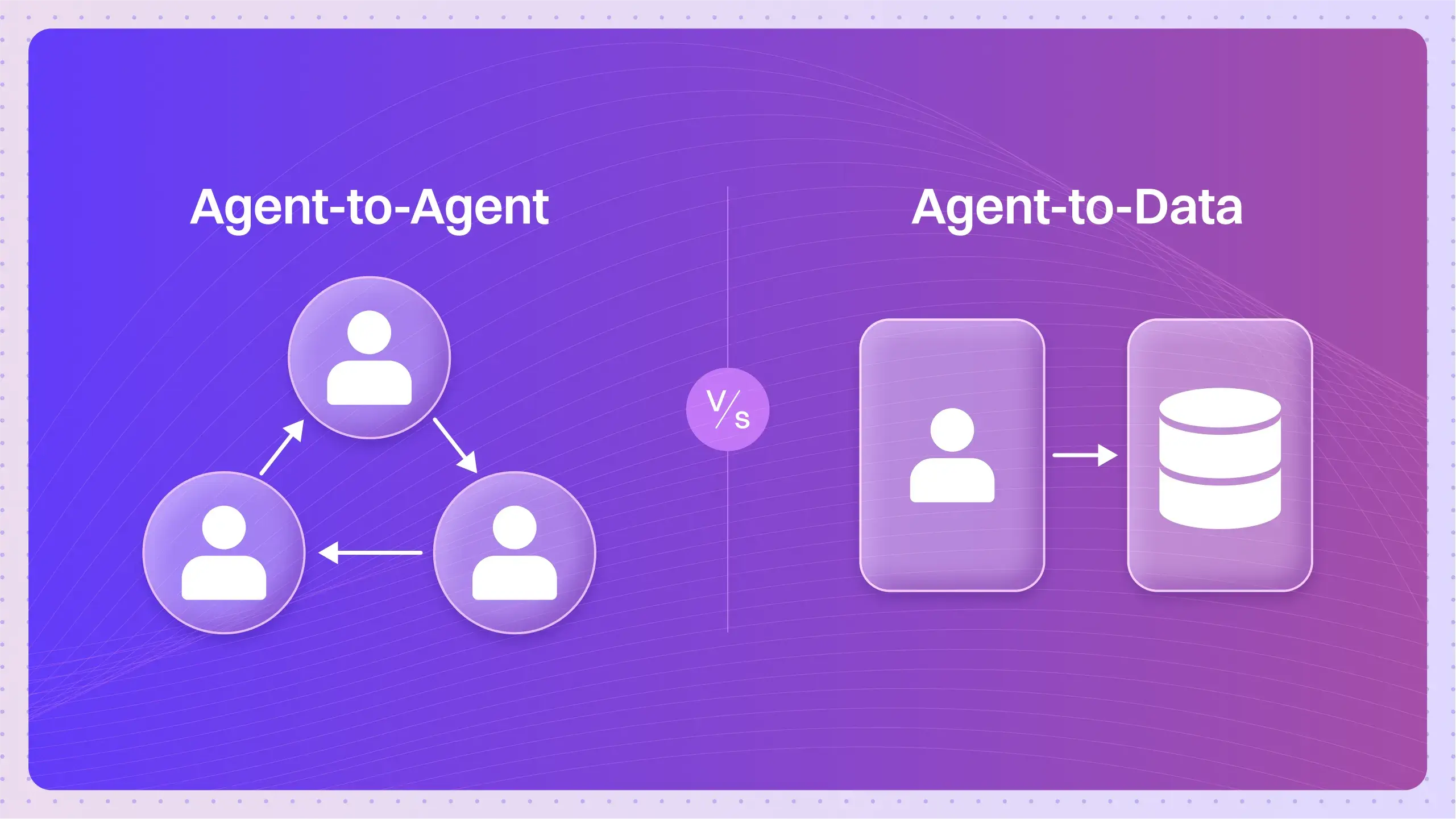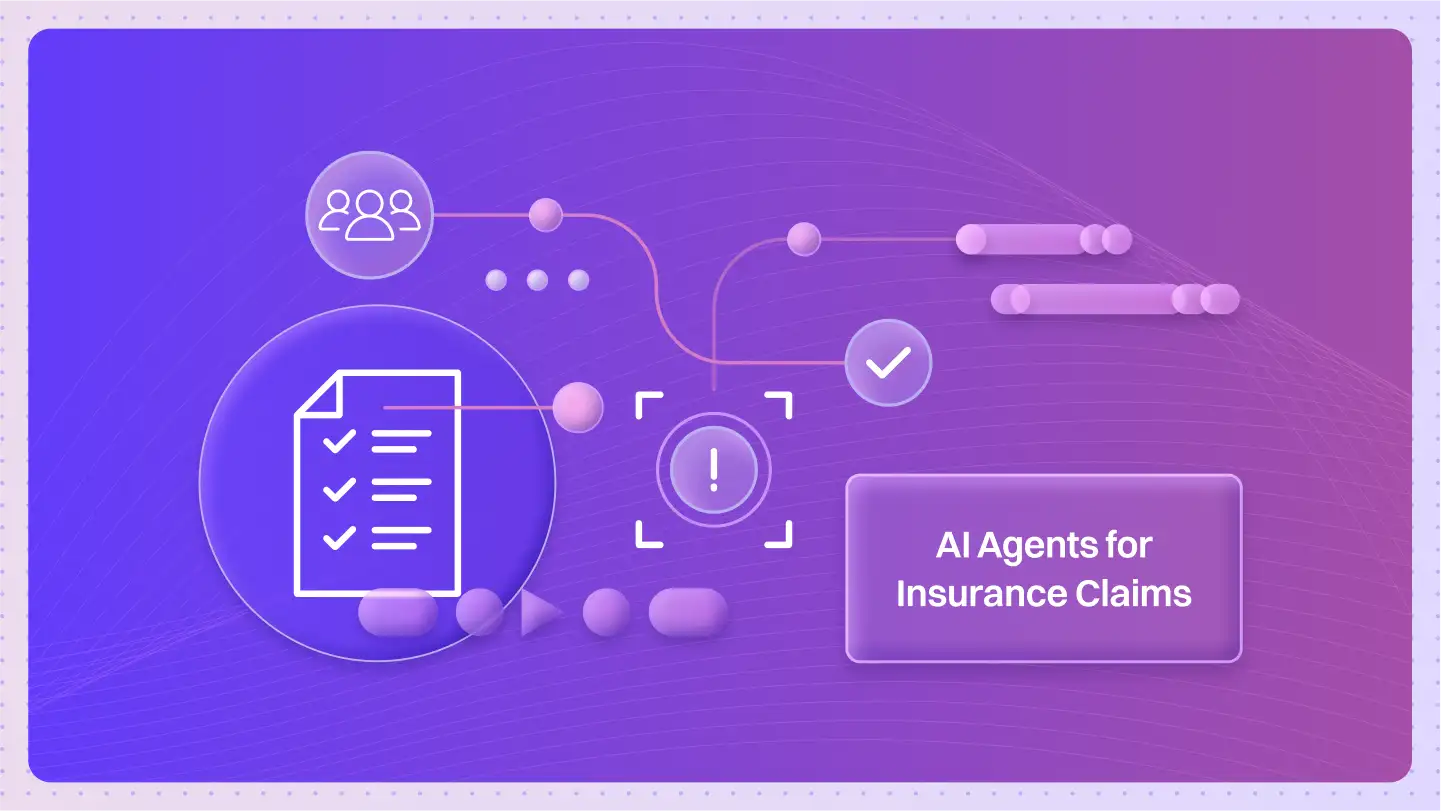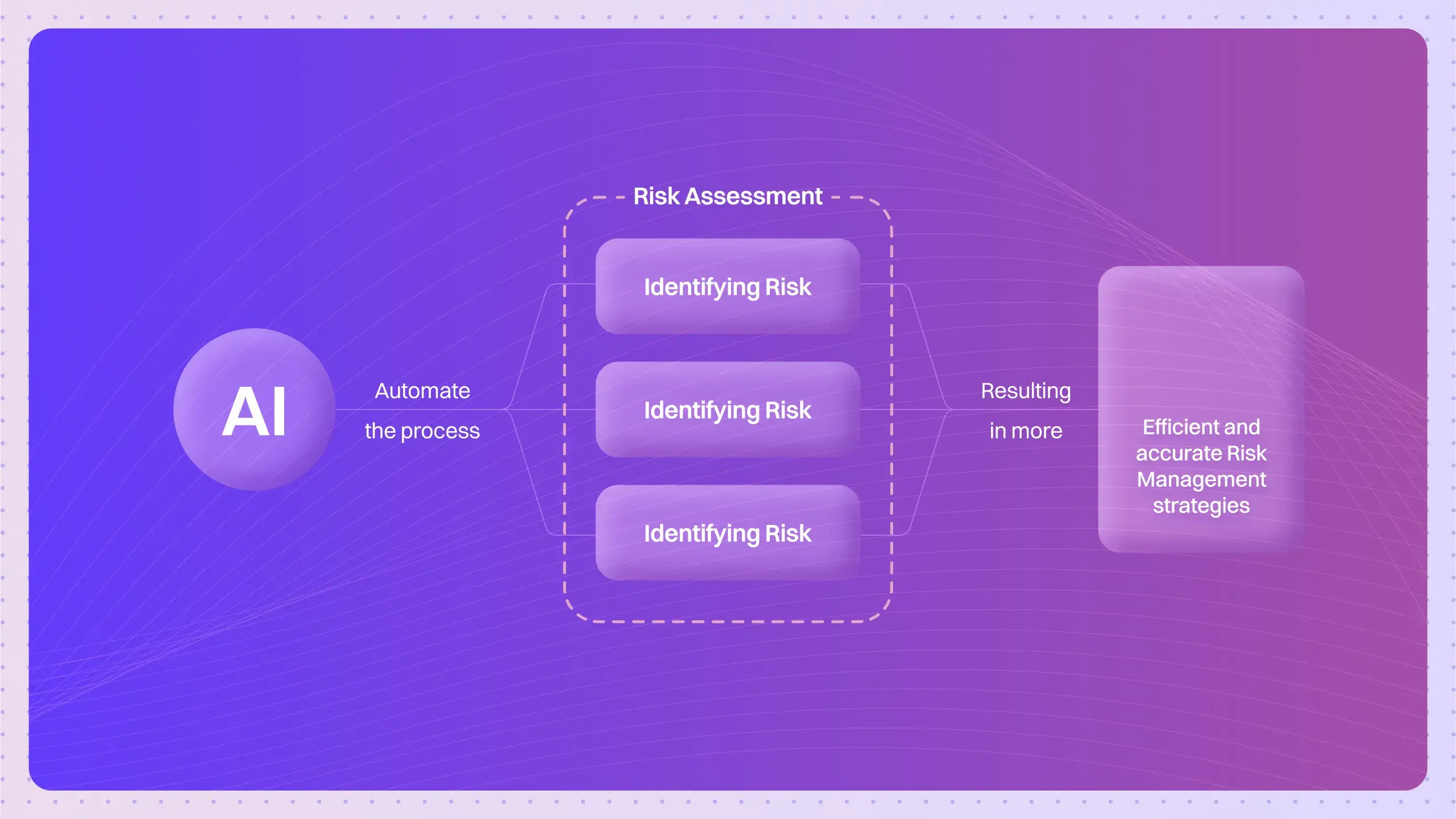An algorithm can be as prejudiced as a person.
AI Agent Fairness refers to the ethical principle and technical practice of ensuring AI systems make decisions that are equitable, unbiased, and do not discriminate against individuals or groups based on sensitive attributes like race, gender, age, or socioeconomic status.
Think of it like a conscientious judge.
We expect a human judge to apply laws impartially, ensuring everyone receives equal treatment regardless of their background.
In the same way, we must design AI agents to make decisions based on relevant factors, without being influenced by irrelevant personal characteristics.
This is a fundamental shift.
Traditional AI optimization focuses on accuracy and efficiency.
AI Agent Fairness explicitly prioritizes equitable outcomes and representation, even if it means sacrificing a fraction of a percentage point in performance.
What is AI Agent Fairness?
It’s the commitment to building AI systems that treat people equitably.
This isn’t just about preventing harm.
It’s about actively designing for justice in automated decisions.
Fairness in an AI agent means ensuring it does not create or perpetuate unfair biases.
This breaks down into several key principles:
- Equal Treatment: The agent’s process and quality of service are consistent for everyone.
- Equal Impact: The agent’s decisions do not have a disproportionately negative effect on any demographic group.
- Equal Opportunity: The agent provides similar chances for positive outcomes across different groups of qualified individuals.
- Representational Fairness: The agent avoids perpetuating harmful stereotypes in its outputs or actions.
It’s about building systems that recognize and account for historical and societal inequities to produce genuinely fair results.
Why is fairness critical for AI agents?
Because unfair AI agents don’t just make mistakes.
They amplify and institutionalize discrimination at an unprecedented scale.
When AI agents determine who gets a loan, a job, or access to medical care, any bias in their programming has profound real-world consequences.
Consider the impact:
- Hiring: An AI trained on historical hiring data from a male-dominated industry might learn to penalize resumes from women. Amazon discovered this when its experimental recruiting tool downgraded resumes containing the word “women’s.”
- Lending: A loan-approval agent could learn to associate zip codes with creditworthiness, effectively redlining entire communities and denying opportunities based on geography rather than individual merit.
- Healthcare: A diagnostic tool trained predominantly on data from one ethnic group might be less accurate for others, leading to life-threatening disparities in care.
Without a focus on fairness, we risk building a future where inequality is coded directly into the infrastructure of our society.
How does bias enter AI systems?
Bias isn’t a single flaw; it’s a systemic contamination.
It can creep in at every stage of an AI agent’s lifecycle.
- Data Bias: This is the most common source. If the data used to train an agent reflects historical or societal biases, the agent will learn and perpetuate them. If a company has historically hired more men, the AI will learn that male candidates are preferable.
- Algorithmic Bias: This arises from the design of the model itself. An algorithm optimized purely for accuracy might find that using a proxy for a protected characteristic (like zip code for race) improves its predictions, thereby introducing bias.
- Human Feedback Bias: When AI systems learn from human interaction, they can absorb the biases of their users. A customer service bot might learn to respond differently to users based on the language they use if that reflects patterns in the human agents it learns from.
What are the main challenges in implementing fair AI agents?
Achieving fairness is more complex than just wanting it.
It involves navigating deep technical and ethical trade-offs.
- Defining “Fairness”: There are over 20 different mathematical definitions of fairness. Some, like ensuring equal approval rates for all groups, can directly conflict with others, like ensuring an equal rate of correct approvals.
- The Accuracy-Fairness Trade-off: Sometimes, the most accurate model is not the fairest. Making an AI agent fairer might require a slight reduction in its overall performance, forcing a difficult value judgment.
- Data Scarcity: Minority groups are often underrepresented in datasets. This makes it statistically difficult for an agent to learn to make accurate and fair decisions for those groups.
- Context is Key: A definition of fairness that works for a hiring algorithm might be entirely inappropriate for a medical diagnostic tool. There is no universal solution.
What technical mechanisms are used for AI Agent Fairness?
Developers have a growing toolkit to detect and mitigate bias.
The core isn’t about general coding; it’s about using specialized frameworks designed to enforce equity.
These include:
- Fairness-Aware Algorithms: These are specialized machine learning models designed with mathematical constraints that force them to maintain fairness across different groups. Examples include adversarial debiasing and fair representation learning.
- Bias Detection Frameworks: Tools like IBM’s AI Fairness 360 and Google’s What-If Tool allow developers to audit their models. They can measure and visualize how the model’s performance and predictions differ across demographic segments.
- Formal Fairness Metrics: Developers use metrics like demographic parity (are outcomes equal across groups?) and equal opportunity (are positive outcomes for qualified people equal across groups?) to quantify and track different aspects of fairness.
Quick Test: Spot the Bias
A city deploys an AI agent to predict where potholes will form. It’s trained on 10 years of public works data. The model consistently directs repair crews to wealthier neighborhoods. What is the most likely source of bias?
Answer: Data Bias. Wealthier neighborhoods likely reported potholes more frequently or had their reports addressed faster, creating a historical dataset that teaches the AI “potholes only happen here.” The AI is reflecting a bias in reporting and resource allocation, not road quality.
Questions That Move the Conversation
What are the different types of fairness in AI?
There are many, but a key distinction is between “group fairness” (ensuring statistical parity between groups) and “individual fairness” (ensuring similar individuals are treated similarly). These can sometimes be in conflict.
How do fairness considerations change across different AI applications?
The stakes and context change everything. Fairness in a movie recommendation AI (avoiding stereotypes) is important, but it carries far less weight than fairness in a criminal justice AI used for sentencing recommendations, where lives are on the line.
What trade-offs exist between fairness and other AI performance metrics?
The most common is the fairness-accuracy trade-off. Forcing a model to be fair might prevent it from using certain correlations that, while biased, improve its overall predictive accuracy. Deciding where to land on this spectrum is an ethical choice, not just a technical one.
What regulatory frameworks address AI fairness?
Governments are stepping in. The EU’s AI Act is a landmark piece of legislation that imposes strict requirements on “high-risk” AI systems. In the U.S., existing anti-discrimination laws in housing and employment are being applied to algorithmic decisions.
How can organizations test their AI systems for fairness?
Testing involves more than checking for bugs. It requires “disaggregated evaluation,” which means testing the model’s performance on different demographic subgroups separately to see if it performs worse for any particular group.
What role do diverse development teams play in creating fair AI?
A huge one. A homogenous team is more likely to have blind spots, failing to consider how an AI agent might impact communities they are not a part of. Diverse teams bring varied perspectives that are crucial for spotting potential biases before they are deployed.
How does fairness relate to AI transparency and explainability?
They are deeply connected. To determine if an agent is fair, you often need to understand why it made a particular decision. An unexplainable “black box” model makes it incredibly difficult to audit for hidden biases.
What are the business benefits of investing in fair AI agents?
Fairness is good for business. It builds customer trust, opens up access to wider markets, helps avoid costly lawsuits and reputational damage, and attracts top talent who want to work on ethical technology.
How can fairness be maintained as AI systems continue learning?
Fairness is not a one-time fix. It requires continuous monitoring. As an AI agent learns from new data, it can develop new biases. Organizations need to have systems in place to constantly audit their live AI models for “fairness drift.”
What are the ethical responsibilities of AI developers regarding fairness?
Developers have a profound responsibility to anticipate and mitigate the potential negative societal impacts of their work. This involves advocating for ethical practices, demanding diverse and representative data, and being transparent about their models’ limitations.
AI Agent Fairness is not an optional feature.
It is the foundation of trustworthy AI.
As we delegate more critical decisions to automated systems, building them on a bedrock of equity is essential for creating a future that is not only more efficient but also more just.







